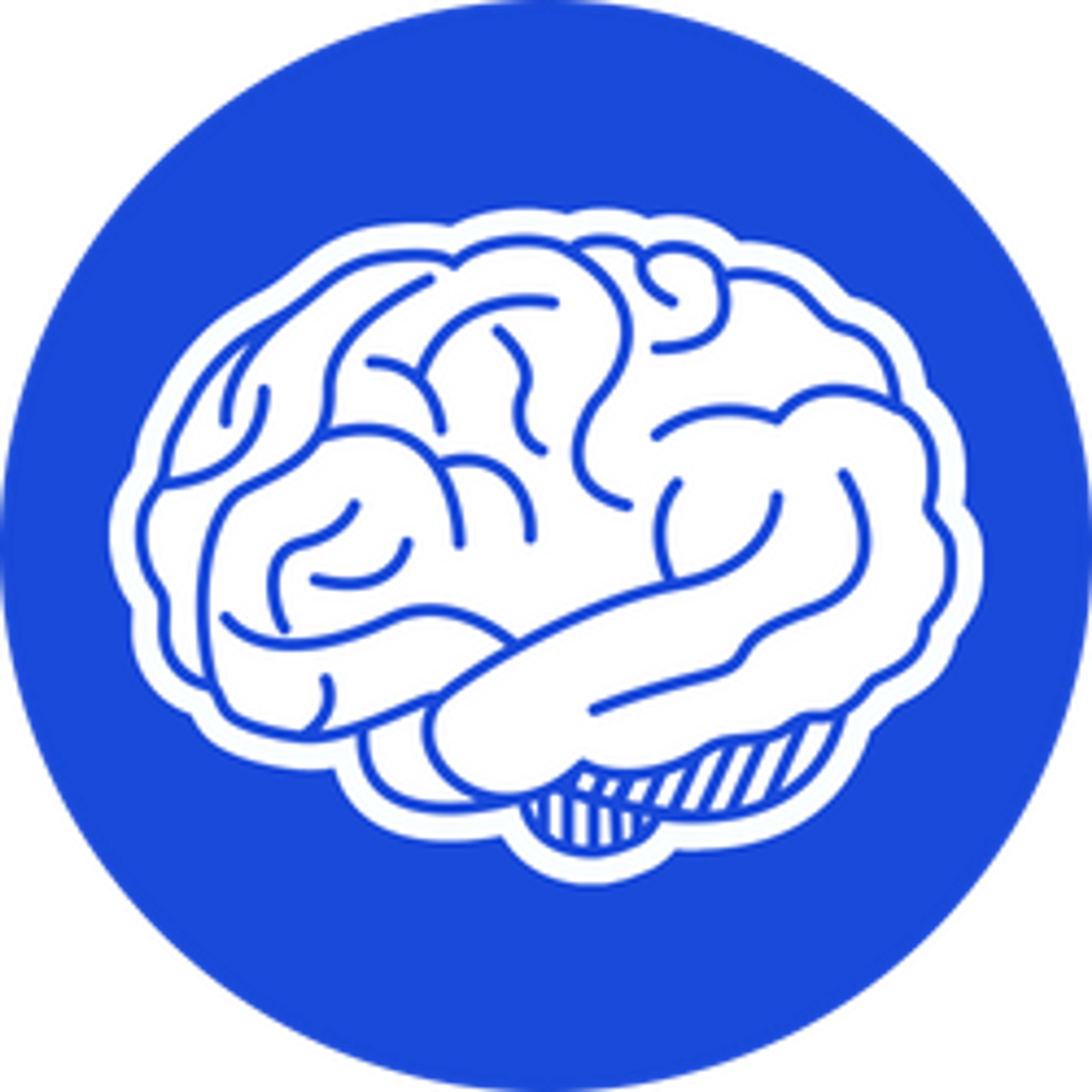Slug
eeg-basics
Video
Category
Epilepsy
Excerpt
An EEG is a test that measures the electricity happening in your brain. As a doctor may prescribe this laboratory test if he or she believes it is appropriate, you need to understand what you need to know about EEG. In this article, you will learn how electroencephalograms work as well as what you ought to do before you undergo one.
Authors
Tags
Featured
Featured
Ready to Publish
Ready to Publish
Publish Date
Aug 22, 2022
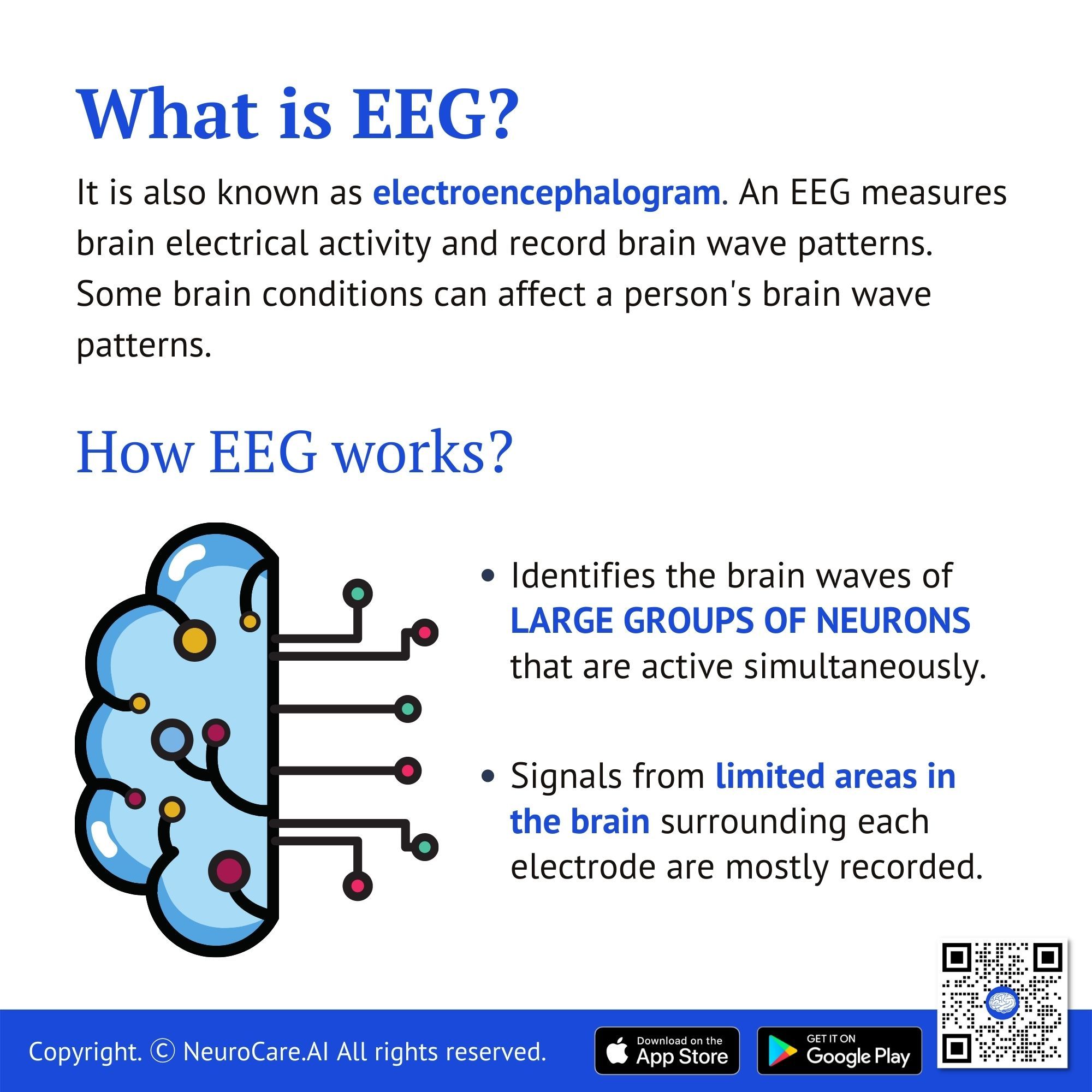
Introduction
EEG is also known as electroencephalogram which measures brain electrical activity and records brain wave patterns. An EEG identifies the brain waves of LARGE GROUPS OF NEURONS that are active simultaneously. Some brain conditions such as brain tumor, brain injury, encephalopathy, encephalitis, and sleeping disorders, can affect a person's brain wave patterns.
EEG also measures the variation in membrane potentials evoked by neurotransmitters binding to receptors on the postsynaptic membrane, called postsynaptic potentials. The majority of the brain signals recorded on each surrounding electrode come from a specific area of the brain. Seizures and epilepsy are the most common illnesses or disorders people seek treatment for using electroencephalography.
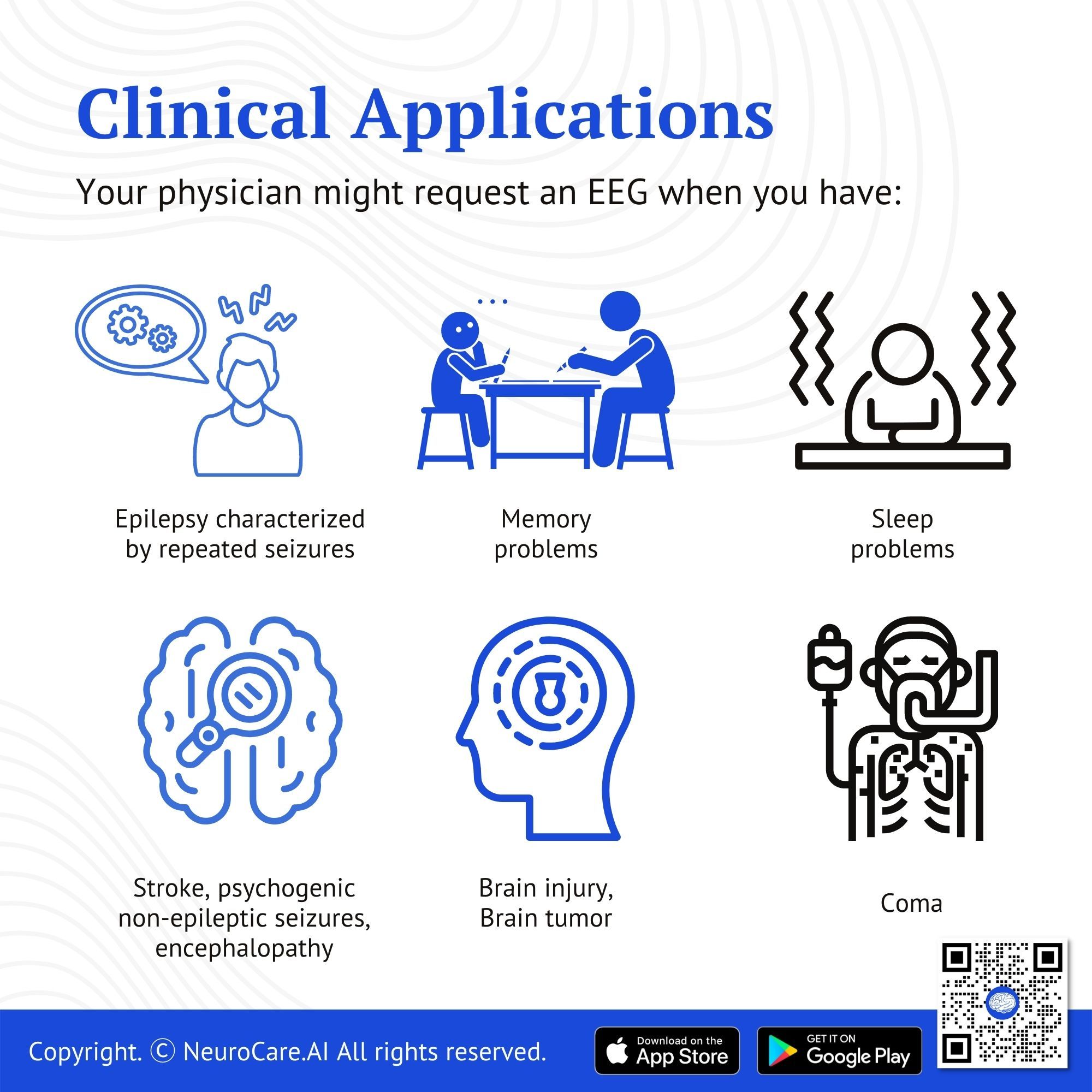
Why do I need an EEG?
Electroencephalography (EEG) is a test that measures and records the brain's spontaneous electrical activity through electrodes placed on the scalp. These signals can be amplified and analyzed to help diagnose some medical conditions that affect the brain.
Your physician might request an EEG when you have:
- Epilepsy characterized by repeated seizure activity
- Stroke
- Psychogenic non-epileptic seizures
- Encephalopathy
- Memory problems
- Sleep problems
- Brain injury
- Brain tumor
- Coma
Electroencephalogram tests allow health care providers to detect the brain activity of someone in a coma. The tests are also used to help them monitor patients' brain activity during brain surgery.
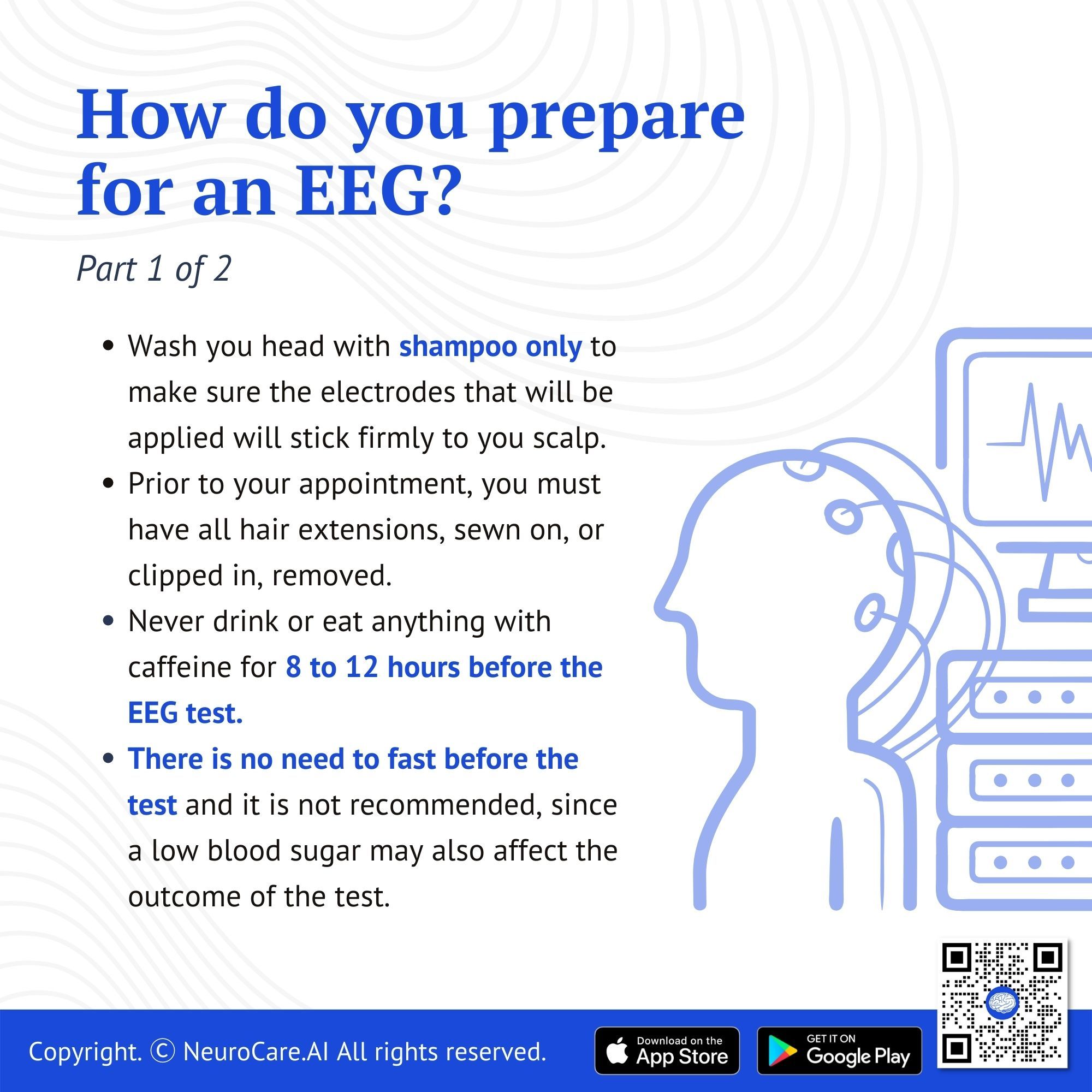
How do you prepare for EEG?
As soon as you are referred to have an EEG test, these are the following things you should do before the test:
- To prepare the scalp, your hair must be completely clean but, above all, dry. This is because several electrodes will be attached to the scalp of your head, and a gel will be applied to make sure the electrodes stick firmly to your scalp. So, wash your hair with shampoo only.
- Prior to your appointment, you must have all hair extensions, sewn on, or clipped in, removed. Unclean hair and hair products interfere with the electrode readings. You will have to reschedule your EEG laboratory testing if your hair is not clean, dry, and product-free.
- Never drink or eat anything with caffeine for 8 to 12 hours before the EEG test.
- There is no need to fast before the test and it is not recommended, since a low blood sugar may also affect the outcome of the test.
- When a part of your doctor's instruction is about taking your medicines, you need to take them as prescribed.
- Your doctor will also advise you on sleep instructions. You may need to stay awake the night before your exam if the EEG requires a "sleep-deprived EEG." While following these directions, you must not consume any stimulants, such as coffee or energy drinks.
- Eat normal meals before testing.
- Bringing a hat for after the test is suggested.
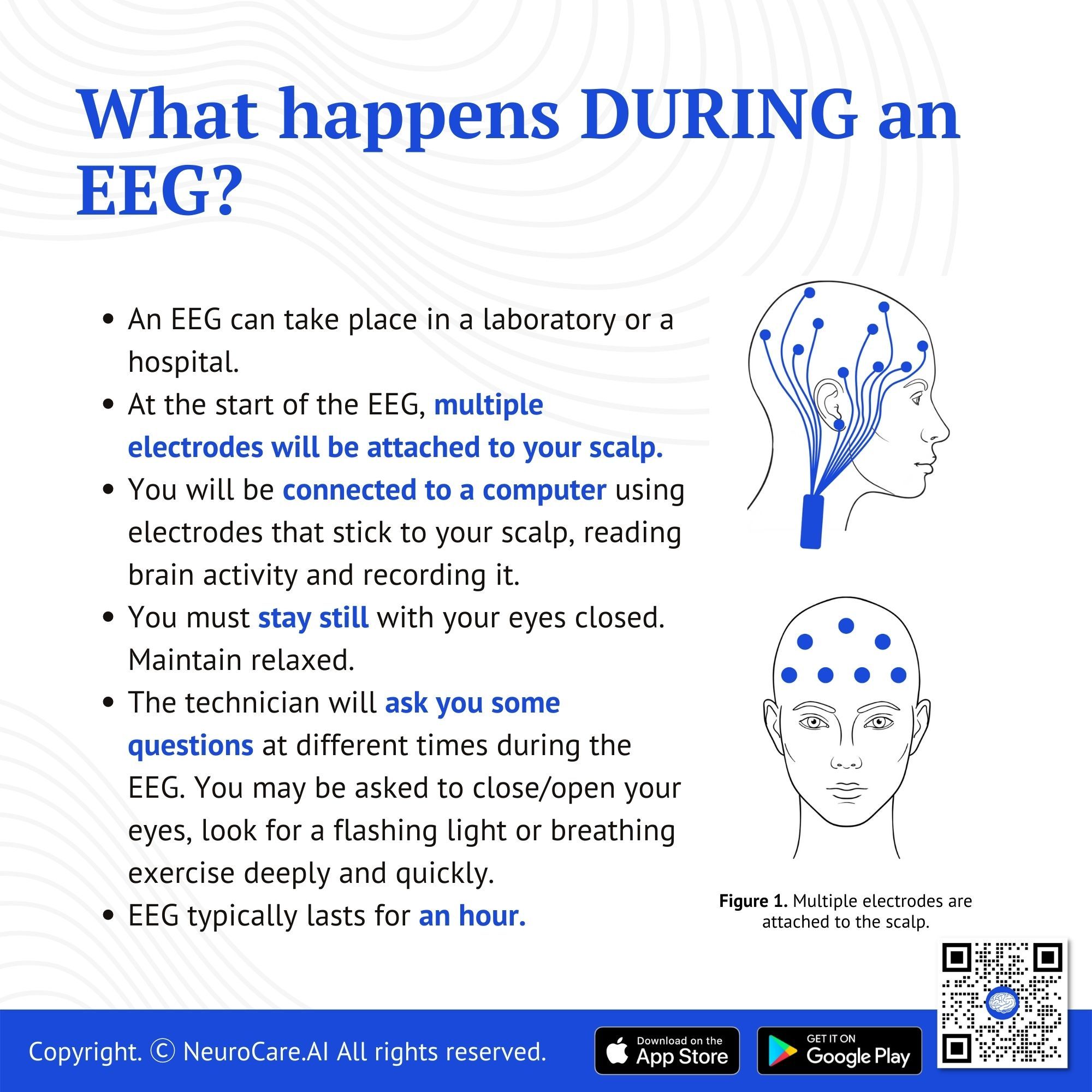
What happens during an EEG?
- An EEG can take place in a laboratory or a hospital.
- Multiple electrodes (about 20-21 electrodes) are attached to your scalp right at the start of the EEG (Figure 1).
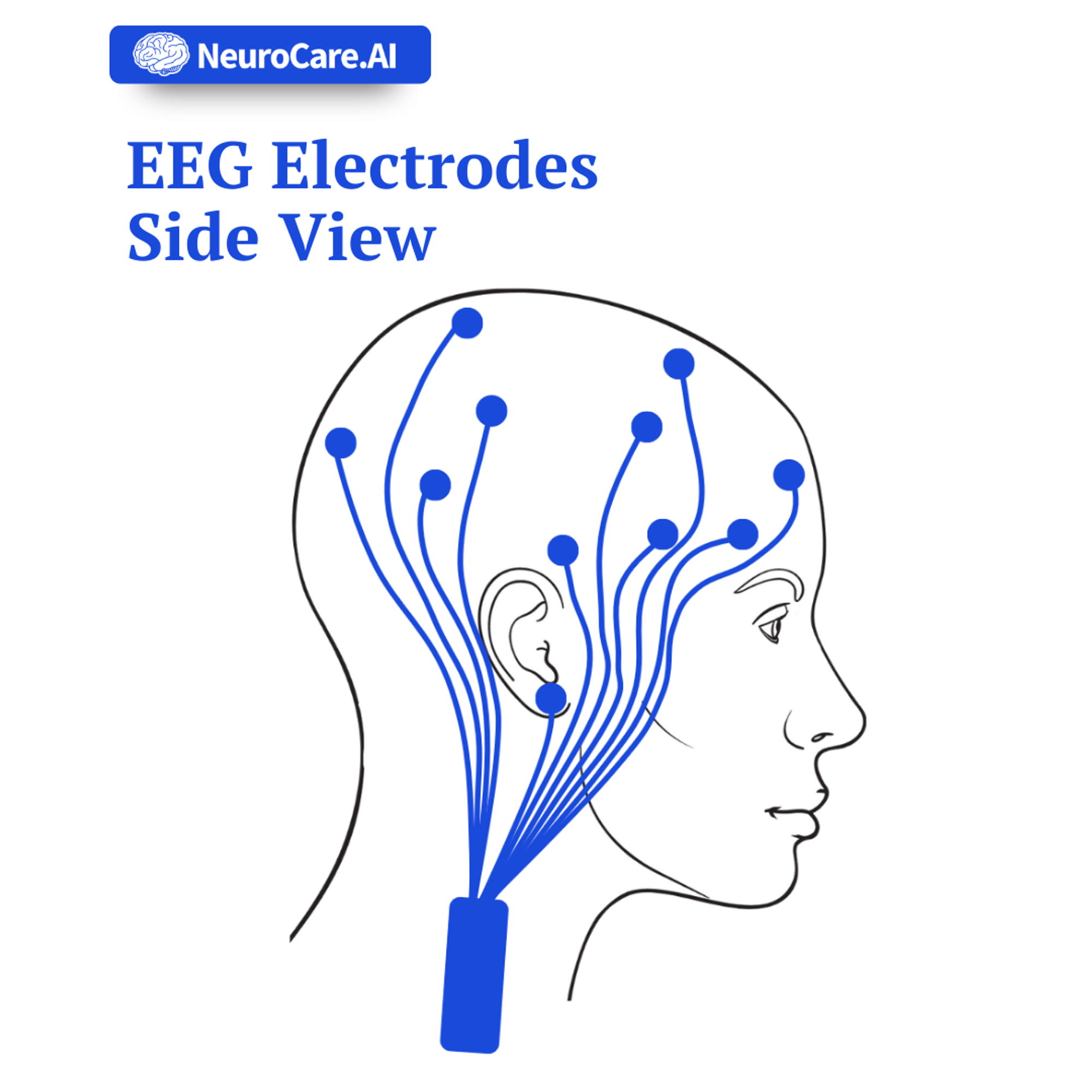
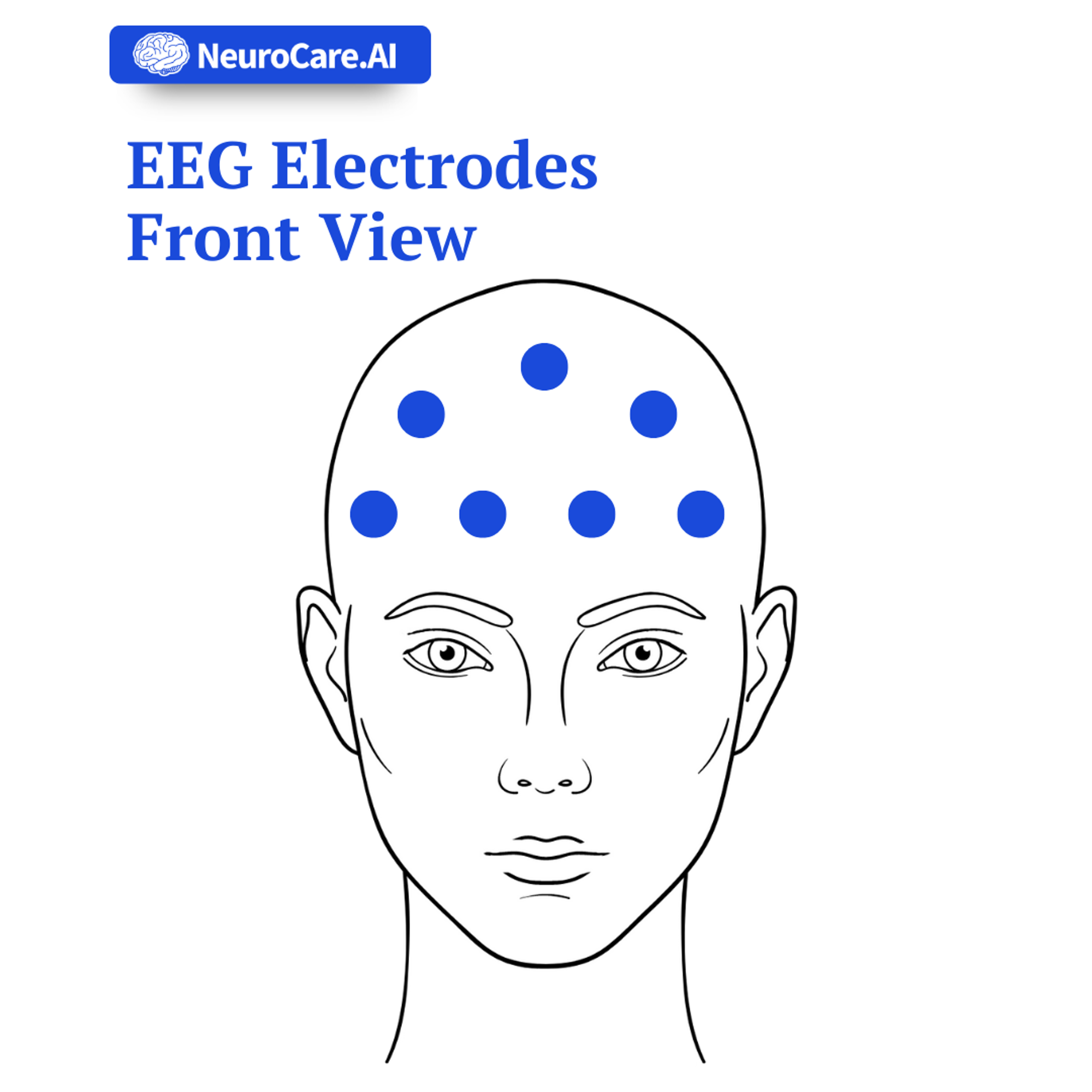
Figure 1. A. Multiple electrodes are attached to the scalp (Side View) ; B. Multiple electrodes are attached to the scalp (Front View) (NeuroCareAI Generated Copy)
- You need to lie on a bed or lean back in a chair. And this is to avoid electrical interference caused by muscle contractions.
- You will be connected to a computer using electrodes that stick to your scalp, reading brain activity and recording it.
- You will need to STAY STILL with your EYES CLOSED.
- You should relax.
- The technician will ask you some questions at different times during the EEG. You may be asked to close/open your eyes, look for a flashing light or breathing exercise deeply and quickly.
- EEG typically lasts for an hour (60 minutes). While sometimes, it may take much longer.
- In one type of EEG test, patients may have to spend the night at a lab while a video camera films their behavior—a process called "video EEG".
- Whenever the patient is a pediatric case, the doctor will inform the parents of the need to delay the child's nap until the EEG observation.
- Some patients can go home wearing a portable EEG device. These ambulatory EEGs are used for patients whose behavior may affect their results.
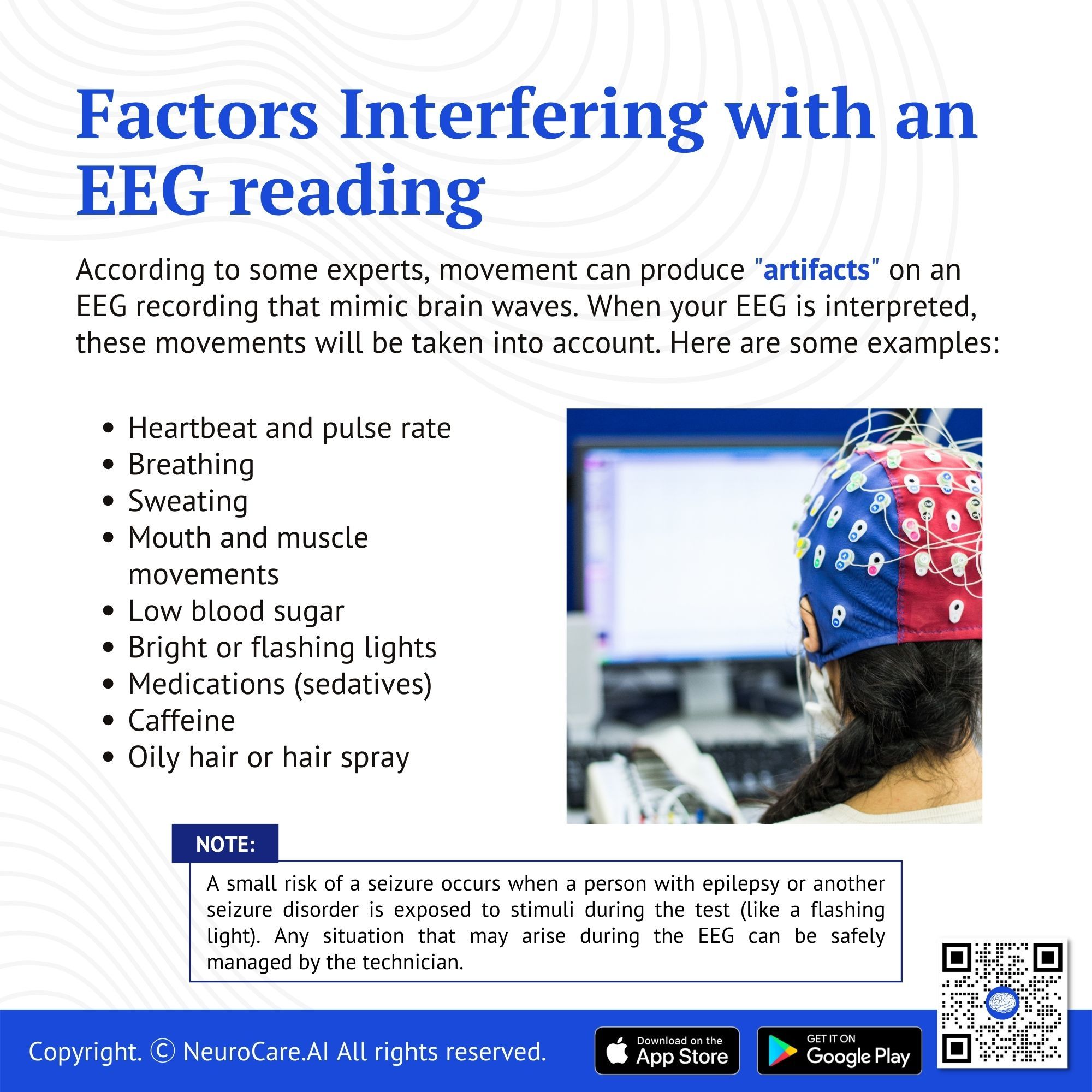
Factors interfering with an EEG reading
According to some experts, movement can produce "artifacts" on an EEG recording that mimic brain waves. When your EEG is interpreted, these movements will be taken into account. Here are some examples:
- Heartbeat and pulse
- Breathing
- Sweating
- Mouth and muscle movements
- Other influencing factors include:
- Low blood sugar
- Bright or flashing lights
- Medications (sedatives)
- Caffeine
- Oily hair or hair spray
🧠 Note: A small risk of a seizure occurs when a person with epilepsy or another seizure disorder is exposed to stimuli during the test (like a flashing light). Any situation that may arise during the EEG can be safely managed by the technician.
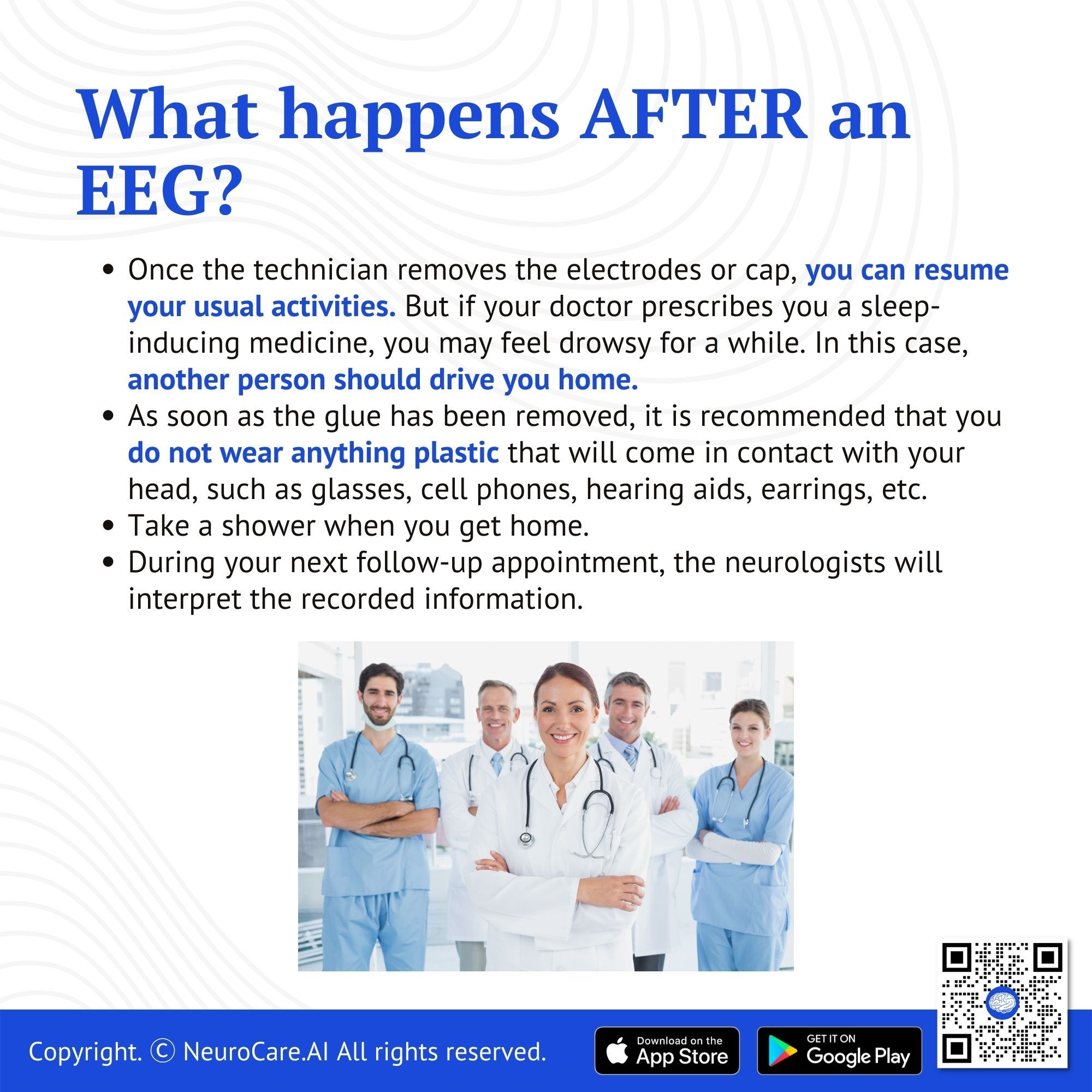
What happens after an EEG?
Once the technician removes the electrodes or cap, you can resume your usual activities. But if your doctor prescribes you a sleep-inducing medicine, you may feel drowsy for a while. In this case, another person should drive you home.
When no sedatives are used, you can immediately resume your normal activities following the test.
As soon as the glue has been removed, it is recommended that you do not wear anything plastic that will come in contact with your head, such as glasses, cell phones, hearing aids, earrings, etc. It is possible to damage the glue by using a solution. Take a shower when you get home. Your daily routine can resume after the test. During your next follow-up appointment, the neurologists will interpret the recorded information. A treatment plan will be developed based on the findings.
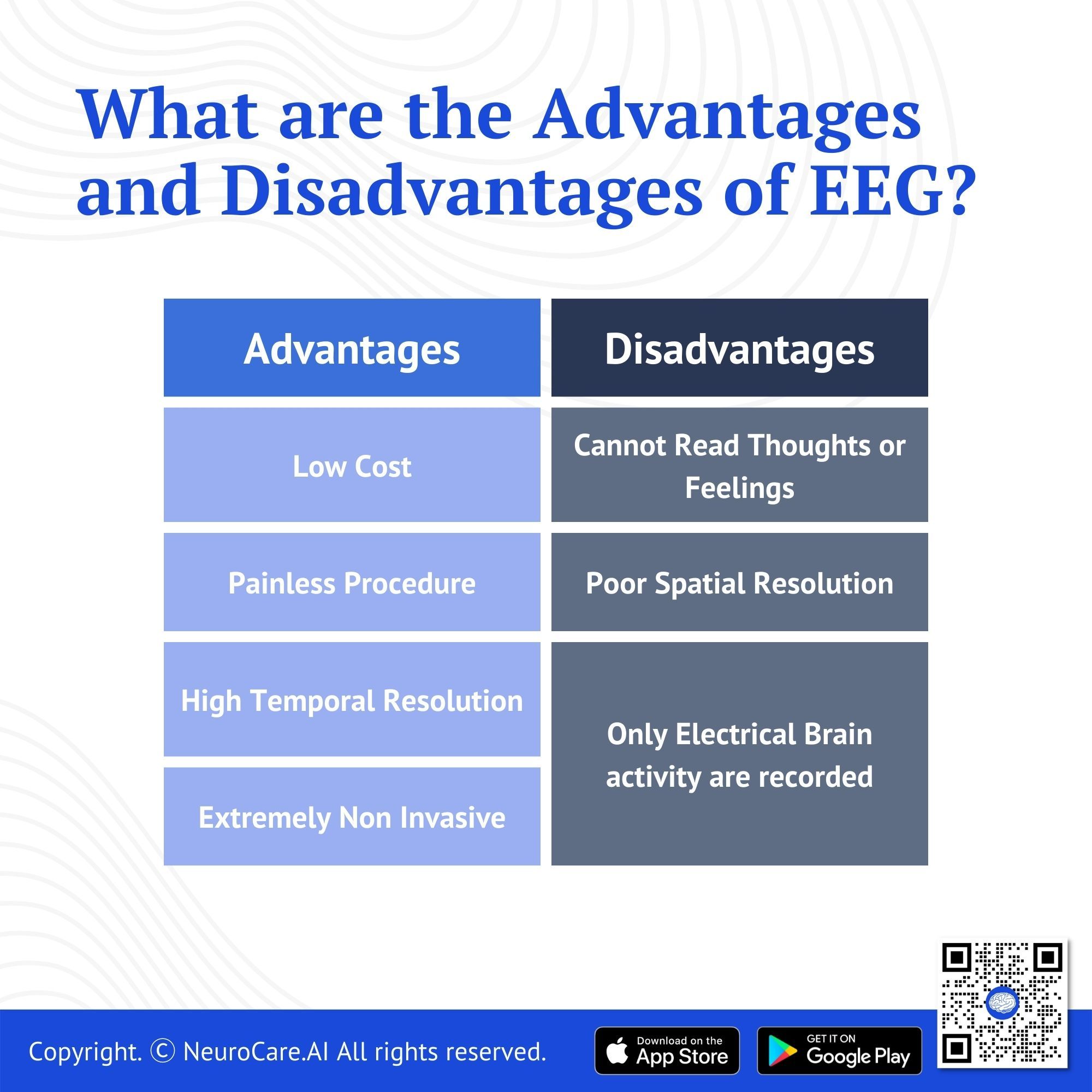
Advantages and Disadvantages of an EEG?
Advantages | Disadvantages |
Low cost, painless procedure | Cannot read thoughts or feelings |
High temporal resolution (milliseconds) | Poor spatial resolution source of electrical activity |
Extremely non-invasive | Only information on the electrical brain activity is recorded |
Silent, good for auditory stimuli | ㅤ |
Not involved in high-intensity magnetic fields | ㅤ |
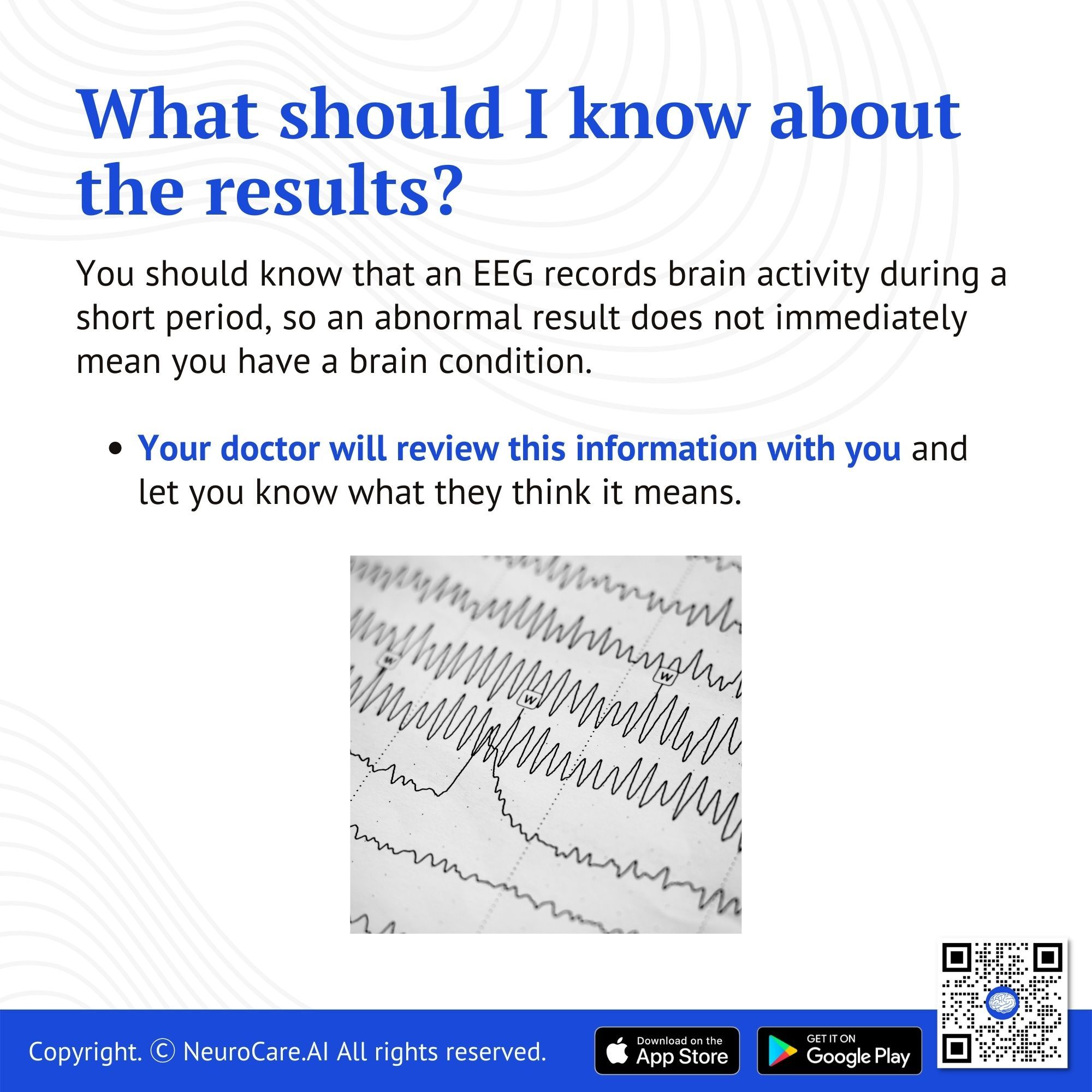
What should I know about the results?
Electroencephalography (EEG) produces images of electrical activity as waves of varying frequency, amplitude, and shape. It is used to measure the electrical activity generated by the brain while a person performs a specific task.
You should know that an EEG records brain activity during a short period, so an abnormal result does not immediately mean you have a brain condition. Your doctor will review this information with you and let you know what they think it means. If your doctor wants to see if other results might be helpful, they may have you do an EEG lasting a more extended period. In addition, a normal EEG does not confirm or deny the diagnosis of epilepsy. Outpatient EEGs are normal in 50% of patients with seizures.
DISCLAIMER:
The information in this document is for general educational purposes only. It is not intended to substitute for personalized medical professional advice. NeuroCare.AI makes every effort to provide accurate and timely information, but makes no guarantee in this regard and disclaims responsibility for adverse consequences resulting from its use. For further information, consult a physician and the organization referred to herein.
AizaMD™: Revolutionizing Clinical Documentation
Discover the power of our ambient clinical documentation system, designed to transform clinical encounters into structured SOAP notes with unmatched ease. Experience exceptional value for less than $3 per day—cheaper than your daily coffee!
- Save Time: Free up over 90 minutes daily for each provider.
- Boost Revenue: Increase daily revenue by at least $1,000 per provider.
- Enhance Coding Quality: Our detailed documentation supports superior coding accuracy, ensuring optimal reimbursement.
- Maximize Engagement and Interaction: Dedicate more time to patient care and less to typing, fostering richer and more effective conversations between clinicians and patients
AizaMD™: Automated Radiology Report Generation!
Discover our breakthrough Radiology AI reporting platform built on Ambient AI. It enhances productivity and minimizes fatigue. Benefit from best-in-class accuracy with our automated radiology report generation, all at market-leading pricing.
📈 Efficiency: Cut dictation times by up to 50% (Less words, More report!
🎯 Focus: Keep your eyes on the images, not the keyboard!
💸 Revenue: Boost revenue by at least 20%
📑 Clarity: Patient summary in plain English
